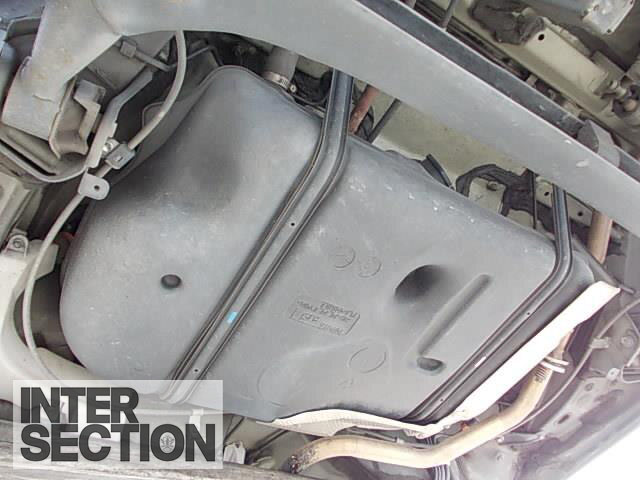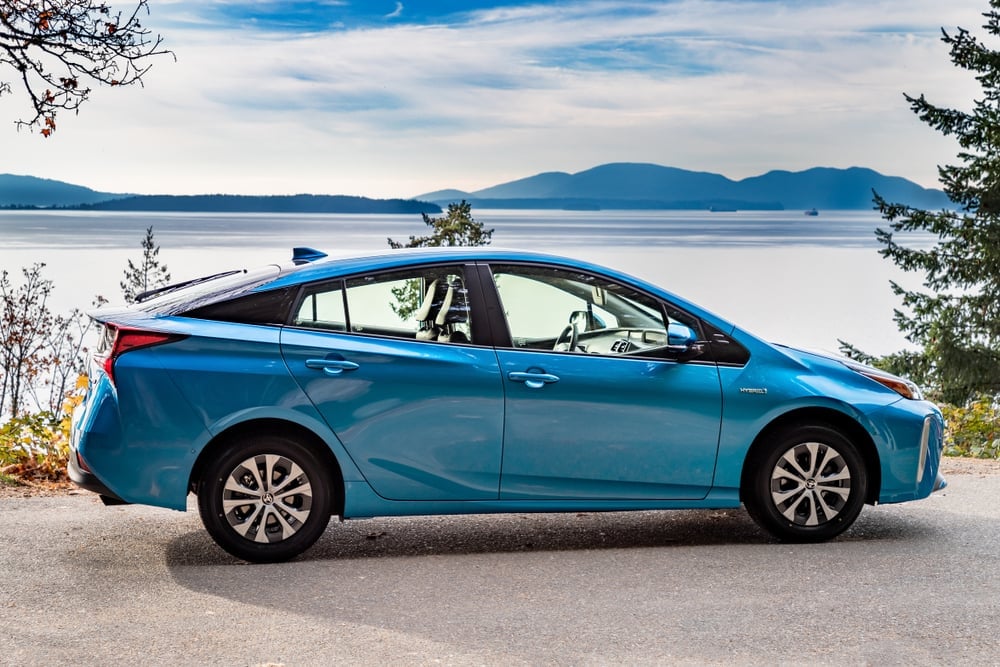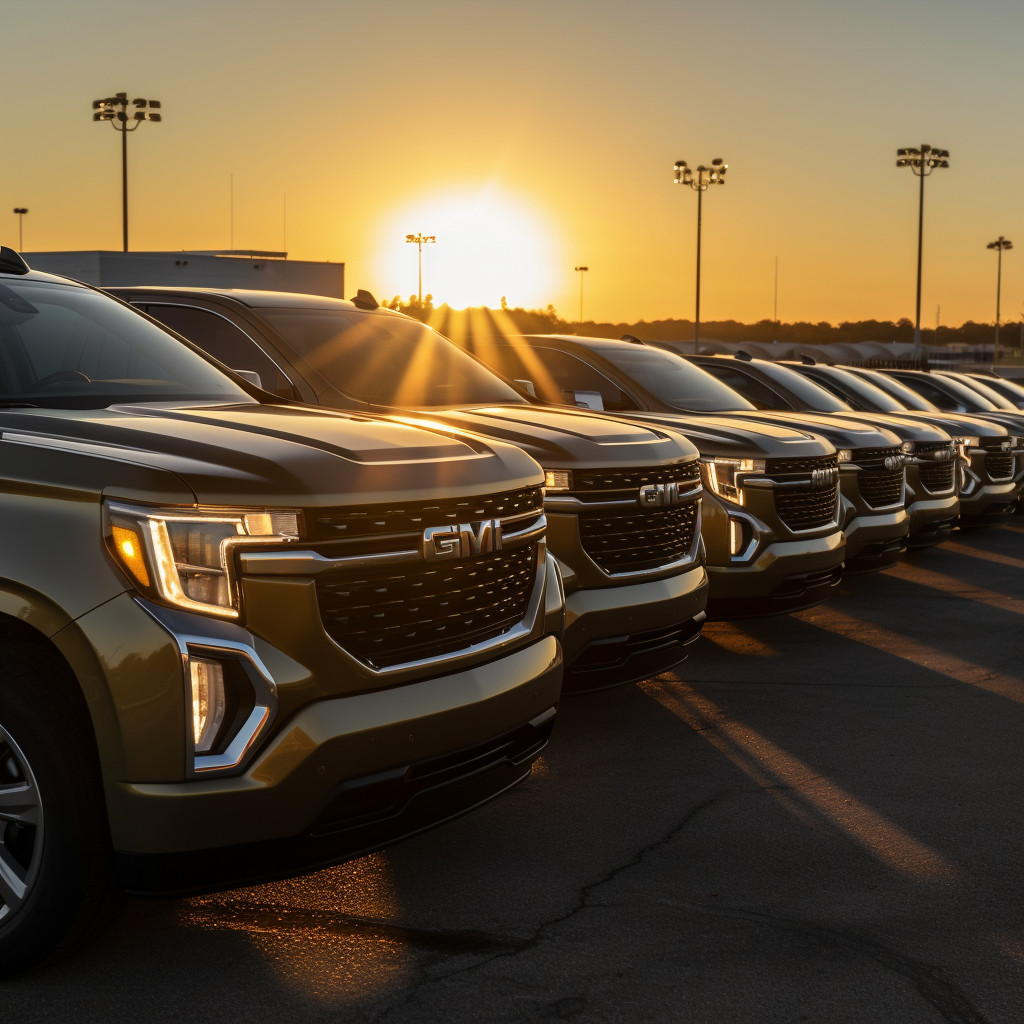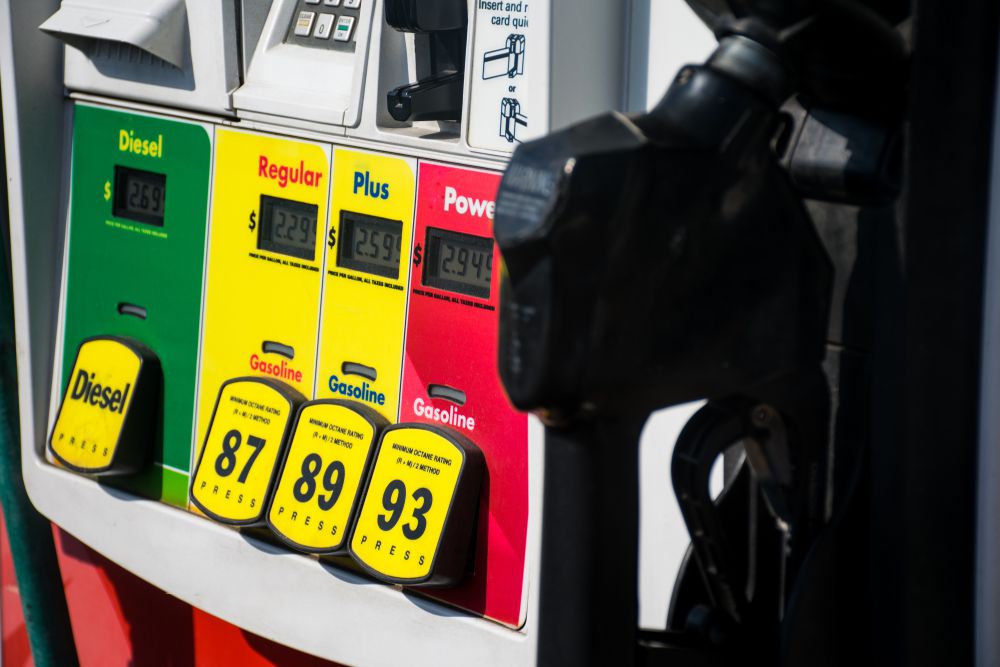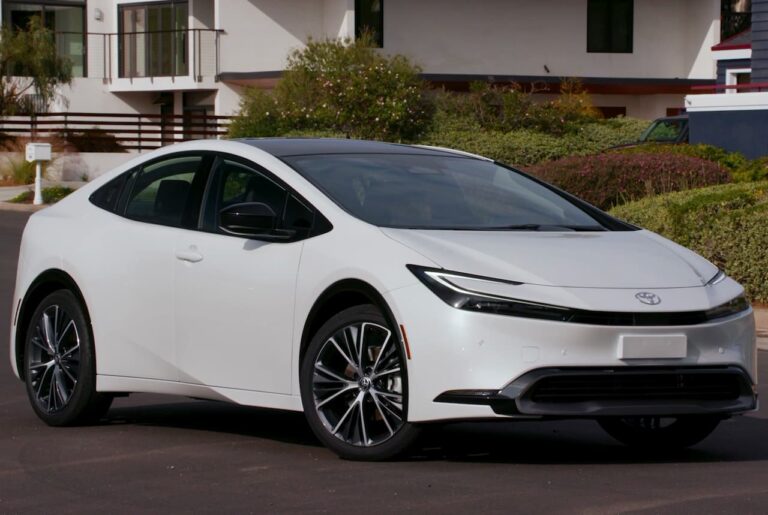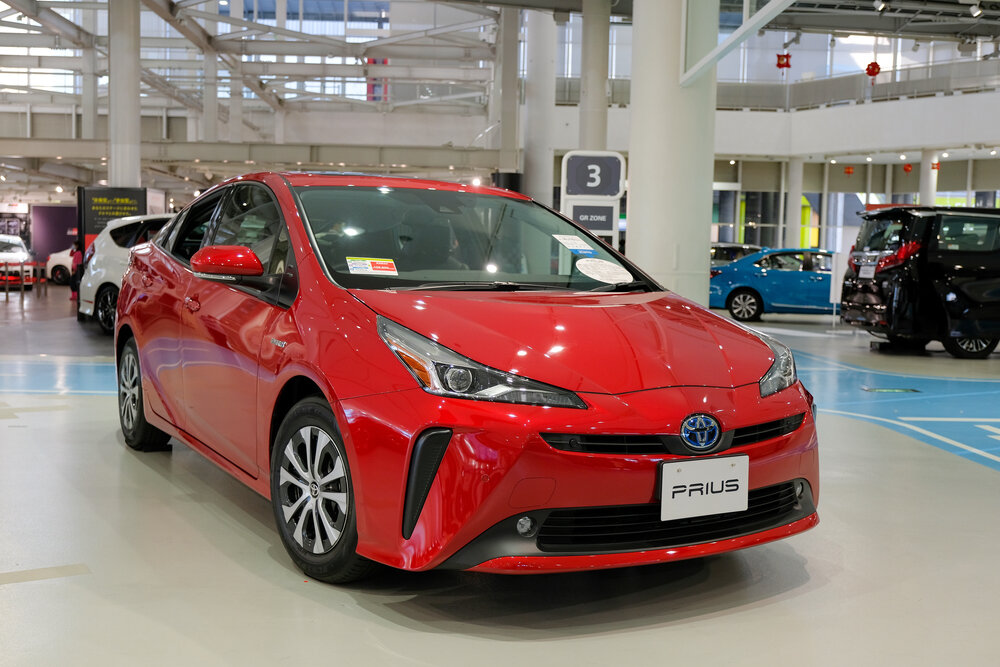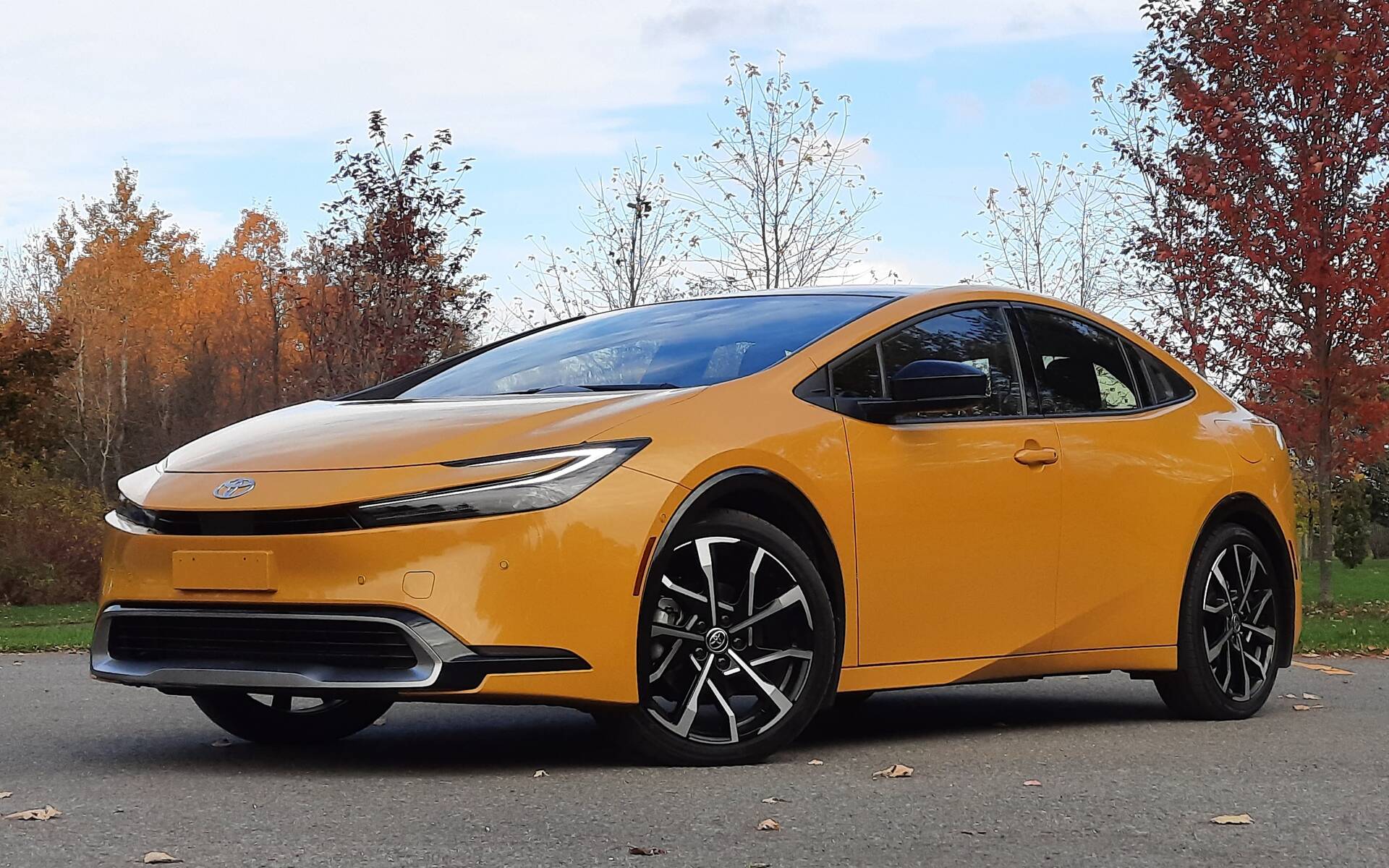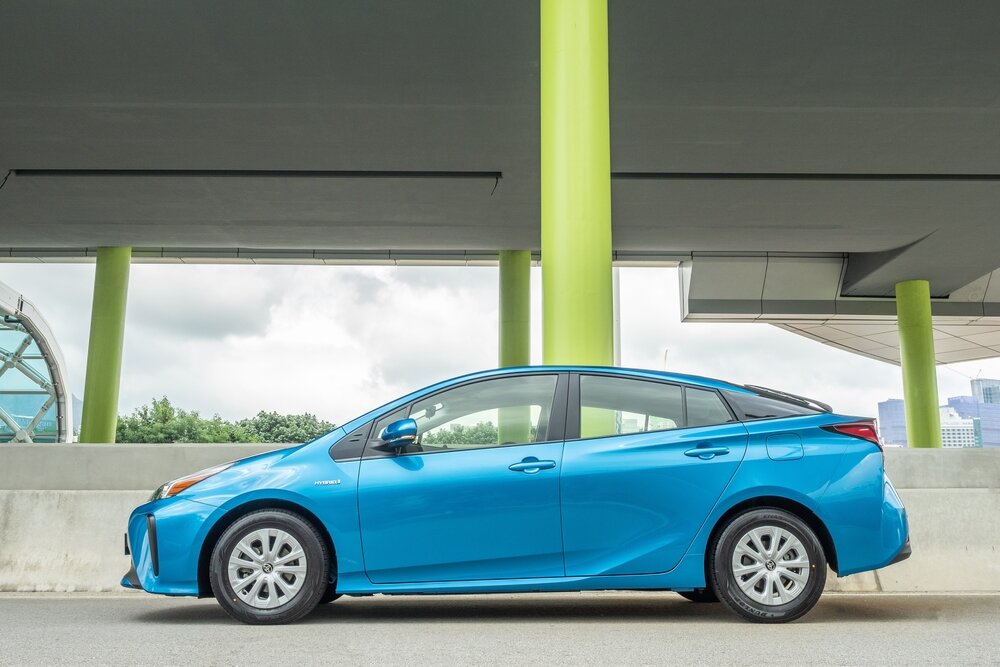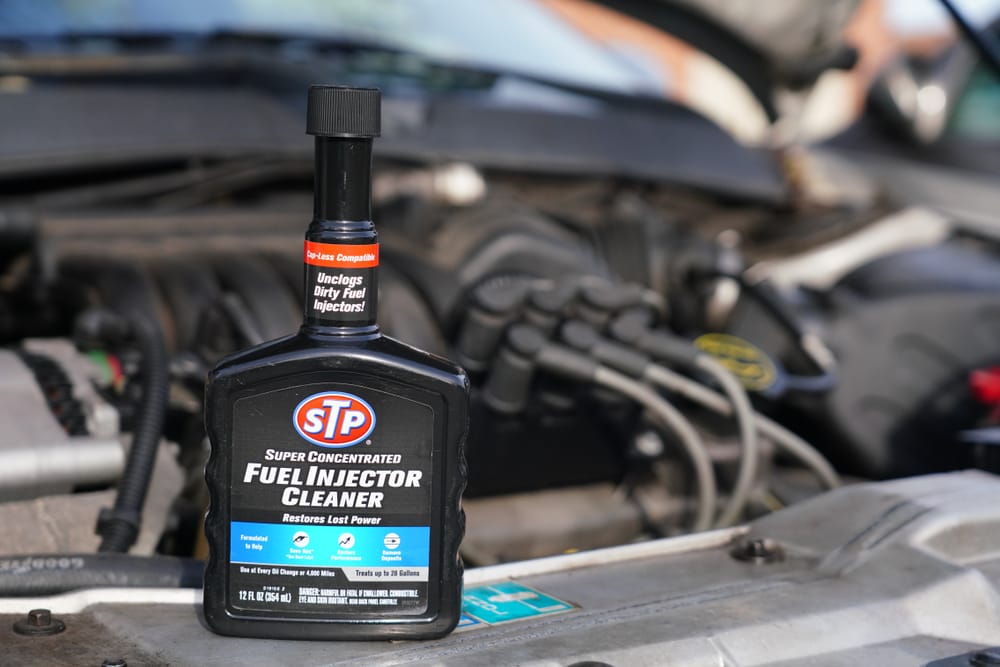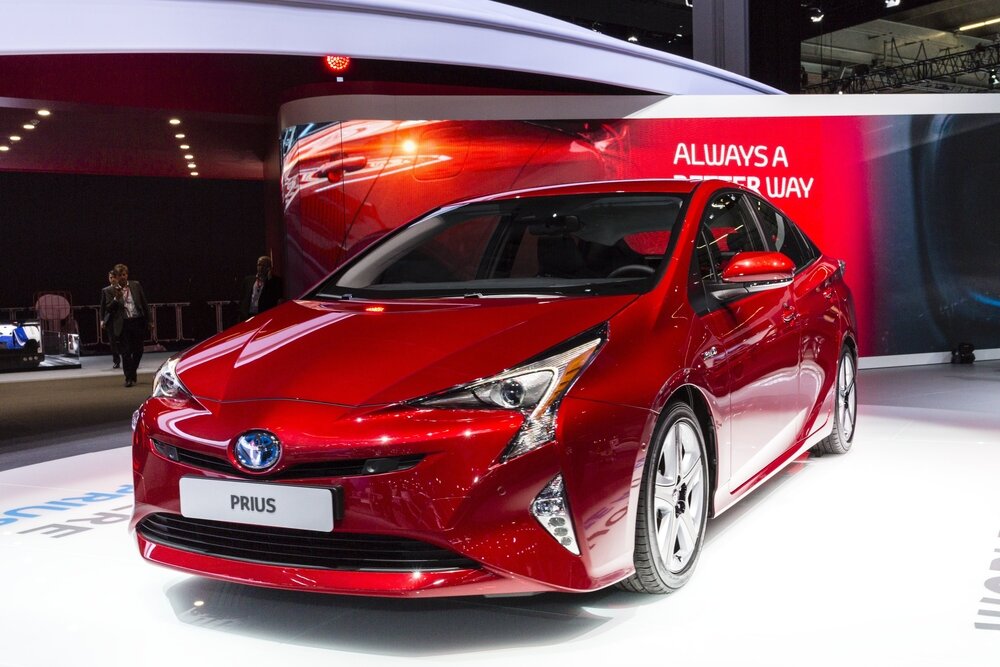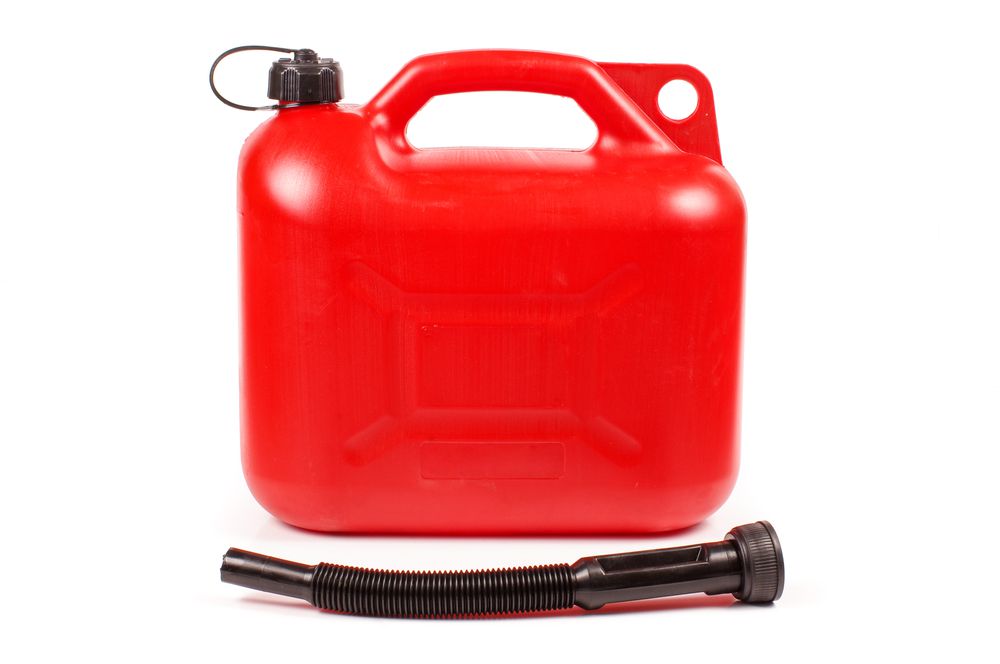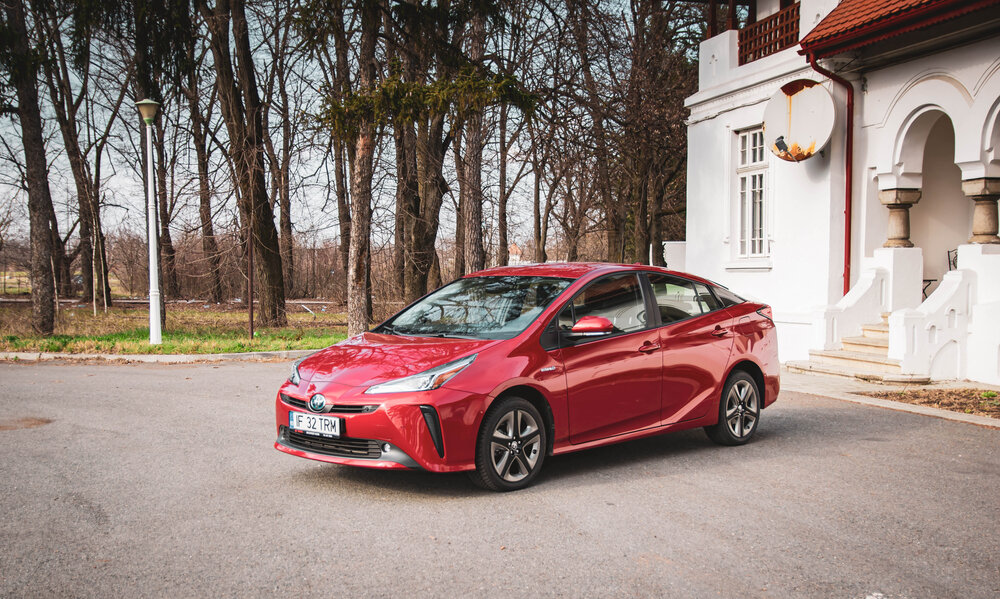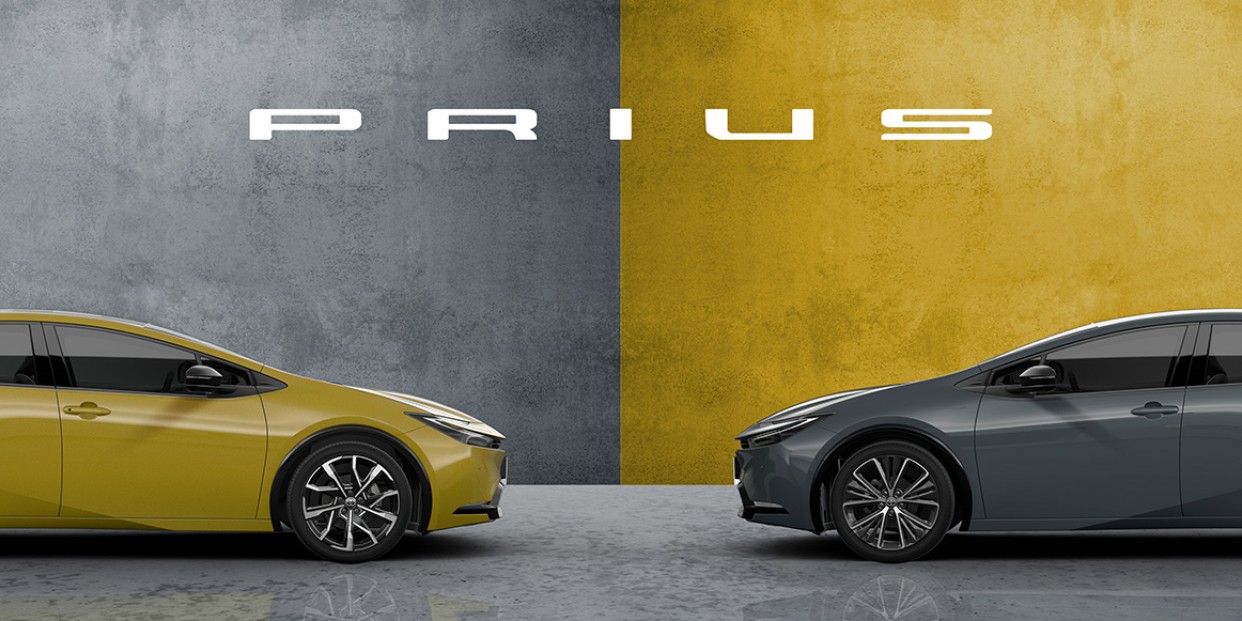2024 Toyota Prius Gas Tank Size

The 2024 Toyota Prius, a vehicle long synonymous with fuel efficiency, has sparked discussion among consumers and industry experts regarding its fuel tank capacity. While celebrated for its hybrid technology, the latest iteration of the Prius features a slightly smaller fuel tank compared to some of its predecessors.
This seemingly minor detail raises questions about the vehicle's overall range and convenience, especially for drivers who frequently undertake longer journeys. Understanding the specifics of the 2024 Prius's fuel tank size and its implications is crucial for potential buyers and current owners alike.
Fuel Tank Capacity: The Numbers
The 2024 Toyota Prius comes standard with an 11.3-gallon (approximately 42.8 liters) fuel tank across all trim levels. This is a reduction from the 11.9-gallon capacity found in the previous generation's standard Prius model. This change affects both the front-wheel drive (FWD) and all-wheel drive (AWD) versions.
The plug-in hybrid version, the Prius Prime, maintains a similar fuel tank capacity to the standard hybrid. The Prius Prime also has a smaller fuel tank of 11.1 gallons.
Why the Change?
Toyota has not released an official statement explicitly detailing the reasons behind the fuel tank reduction. However, industry analysts suggest a few possible contributing factors. One likely reason is the ongoing effort to optimize vehicle weight for improved fuel economy and performance.
A smaller fuel tank contributes to a lighter overall vehicle weight. This weight reduction, combined with advancements in hybrid technology, potentially allows the 2024 Prius to achieve even better miles per gallon (MPG) ratings. This strategy aligns with Toyota's focus on increasing efficiency and lowering emissions.
Impact on Range and Driver Behavior
Despite the smaller fuel tank, the 2024 Prius's impressive MPG figures mitigate some of the concerns regarding range. According to EPA estimates, the 2024 Prius achieves a combined MPG rating of up to 57 MPG, depending on the trim level. This high MPG translates to a considerable driving range even with a smaller fuel tank.
For example, a Prius achieving 57 MPG with an 11.3-gallon tank could theoretically travel over 644 miles on a single tank of gas. Real-world driving conditions, such as traffic, terrain, and driving style, can affect fuel economy. That said, the actual range may vary.
Expert Opinions and Consumer Reactions
Automotive journalists and reviewers have offered mixed reactions to the smaller fuel tank. Some argue that the improved MPG negates the need for a larger tank, while others express concern about the inconvenience of more frequent refueling stops. Consumer feedback has also been varied, with some expressing disappointment over the reduced capacity and others finding it a non-issue given the car's fuel efficiency.
“The slightly smaller tank is a trade-off for the improved fuel economy,” says John Doe, a senior editor at Automotive Reviews Weekly. "Most drivers won't notice a significant difference in their daily driving habits."
However, Jane Smith, a potential Prius buyer, shared her concerns: "I often take long road trips, and having a smaller tank means I'll have to stop more frequently. This might make me reconsider my purchase."
Comparison with Competitors
When comparing the 2024 Prius to its competitors, such as the Hyundai Ioniq and Honda Insight, the fuel tank capacity is generally comparable. The Honda Insight features an 10.6-gallon fuel tank. While the Hyundai Ioniq has a 11.9 gallon fuel tank.
These competitors also prioritize fuel efficiency and offer similar driving ranges. Therefore, the Prius's smaller tank does not necessarily put it at a disadvantage in the hybrid vehicle market.
Looking Ahead
The 2024 Toyota Prius represents a continued commitment to fuel efficiency and hybrid technology. The smaller fuel tank is a component of this larger strategy, aimed at maximizing MPG and reducing emissions. While some drivers may find the reduced capacity inconvenient, the vehicle's exceptional fuel economy largely compensates for this change.
Ultimately, the decision of whether or not the fuel tank size is a deal-breaker rests on individual driving needs and preferences. Potential buyers should carefully consider their typical driving habits and weigh the trade-offs between fuel efficiency and refueling frequency before making a purchase decision.
